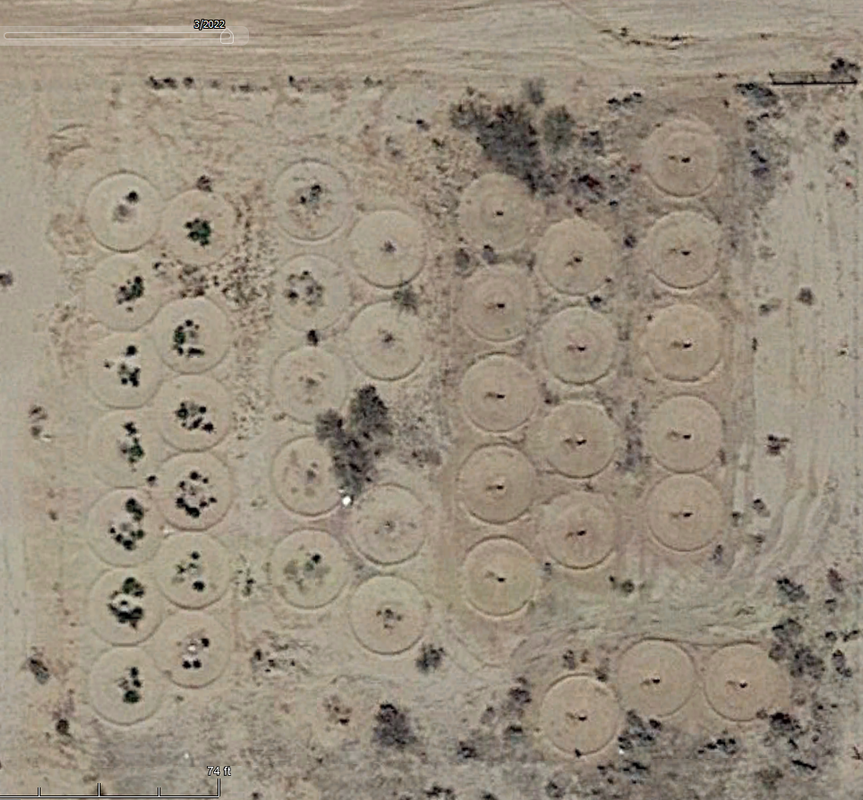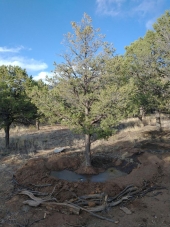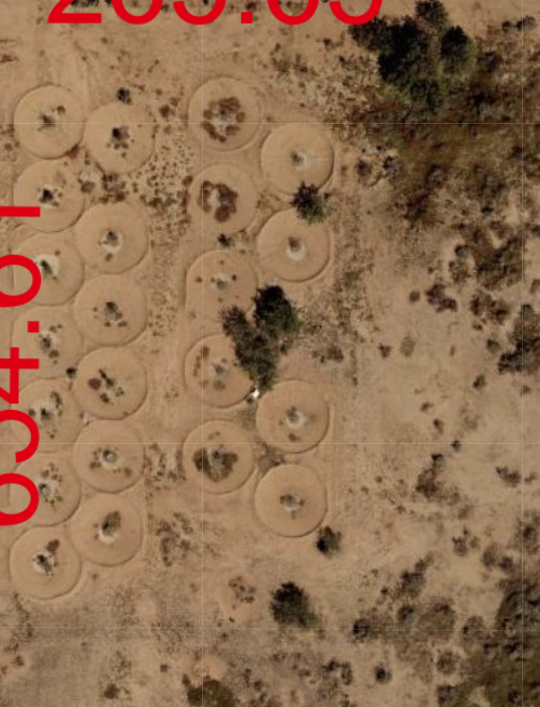









David N Black wrote:I love this project; it couldn't have any higher overlap with my permie interests. I believe that a huge swath of our ecological problems are downstream of the simple (yet difficult) problem of establishing pioneer tree species where it is dry. Your lens idea seems great and I appreciate all the updates you are sharing.
Have you come across this paper?
https://www.researchgate.net/publication/233542652_Biomass_Production_of_Prosopis_species_Mesquite_Leucaena_and_Other_Leguminous_Trees_Grown_Under_HeatDrought_Stress
These trials were done in Brawley in 1979-1980 and they took pretty good notes. A couple points that interested me:
- Total water supplied to the trees was ~30% of potential evaporation in the area, using a deep soak method similar to what your lenses provide
- Prosopis velutina performed quite poorly compared to many of the other mesquite species gathered from around the world, particularly Prosopis alba
- Wild variation in performance between seeds harvested from an individual ancestor
- Parkinsonia aculeata did pretty damn well for only having a single data point, and it looks like yours are doing well too
- How the hell did they get such large trees so quickly?
I keep trying out Moringa each year on the dry California coast and I keep being disappointed. The plant itself seems to have so much promise, but I am not yet convinced they can do well in truly dry climates. "Tropical - drought tolerant" means something very different than "Sonoran Desert tolerant", haha.
For what it's worth though, here is a family growing Moringa in Fresno, maybe they have come across a tougher cultivar or know some tricks?
https://www.kqed.org/news/11644126/small-farmers-in-fresno-hope-for-big-moringa-payoff
Lastly, the southwest has had it pretty rough, rainfall-wise, the last few years. The success you are having is exceptional when keeping that in mind.
Cheers,
David


Kari Tyler wrote:
Hi Rose,
My husband and I are looking into buying property in Concho/ St. Johns area, and we're looking at doing earthbags as well. I have a question about the plans that you found from Owen Geiger, did you need to have the plans reviewed and stamped by an engineer or were you able to get approved just from the plans from Owen? If you did get the plans stamped by an engineer, would you mind sharing who you used?
How is your build coming along?
Thanks, Kari

jer ander wrote:Nice. I was about throw away some pvc too. Ill try that

